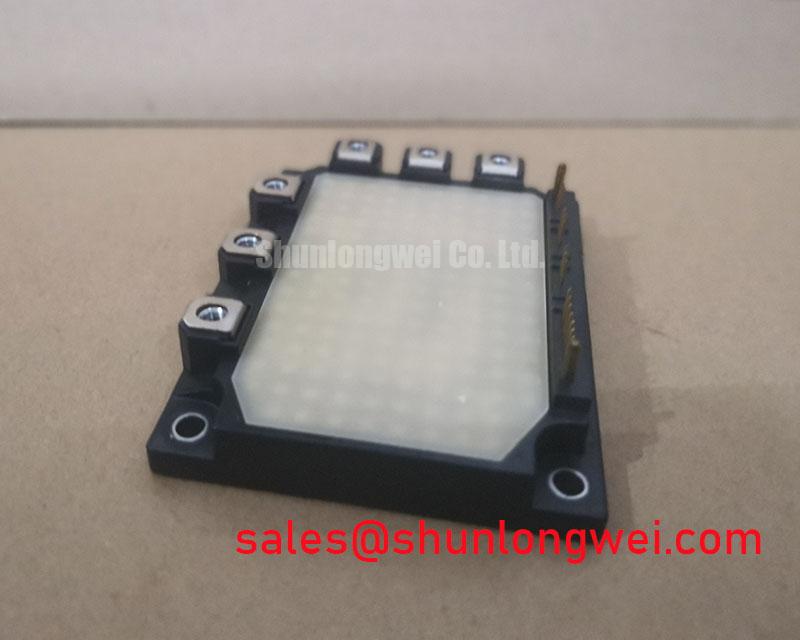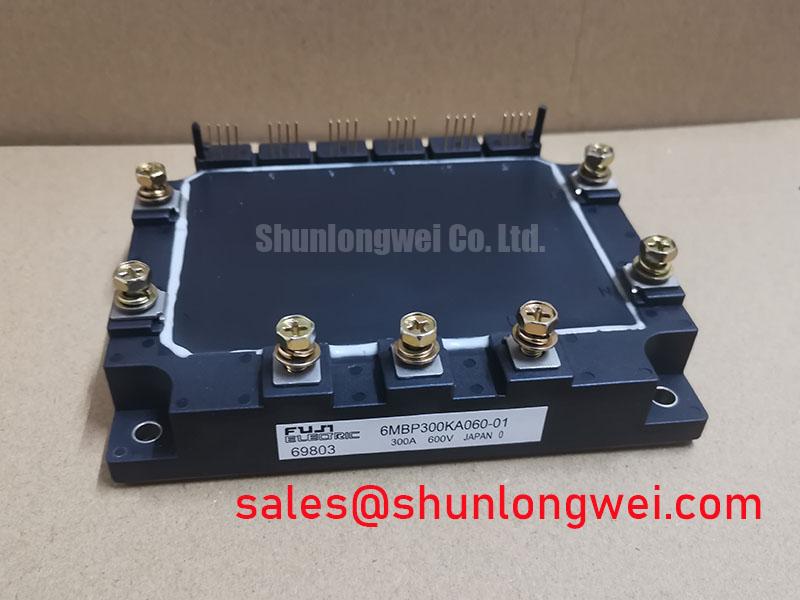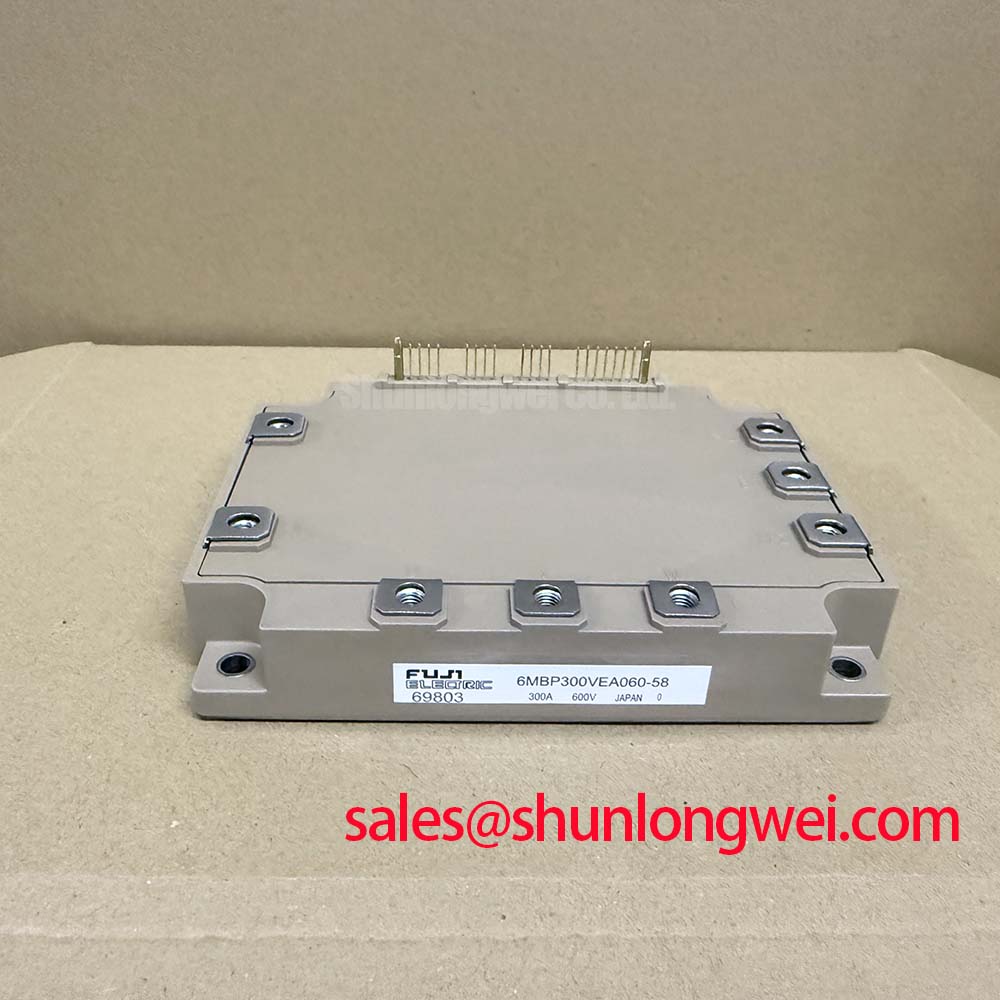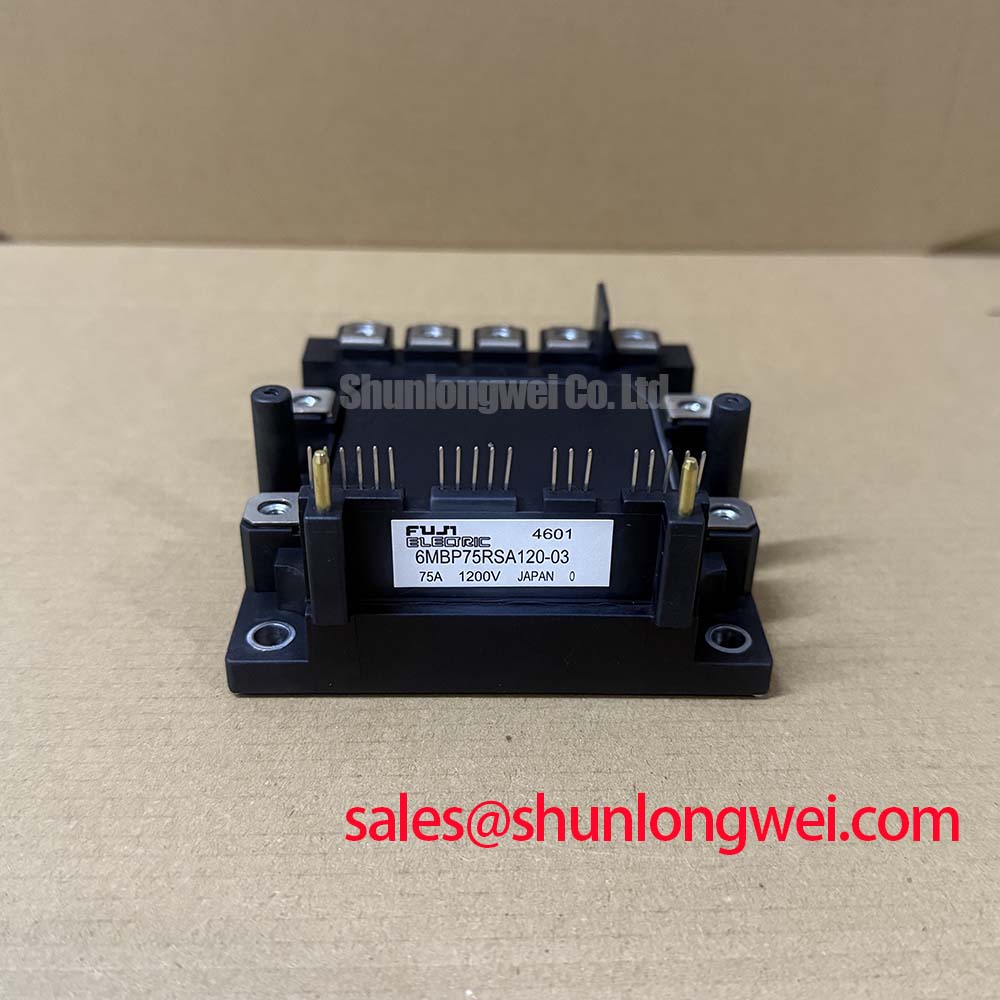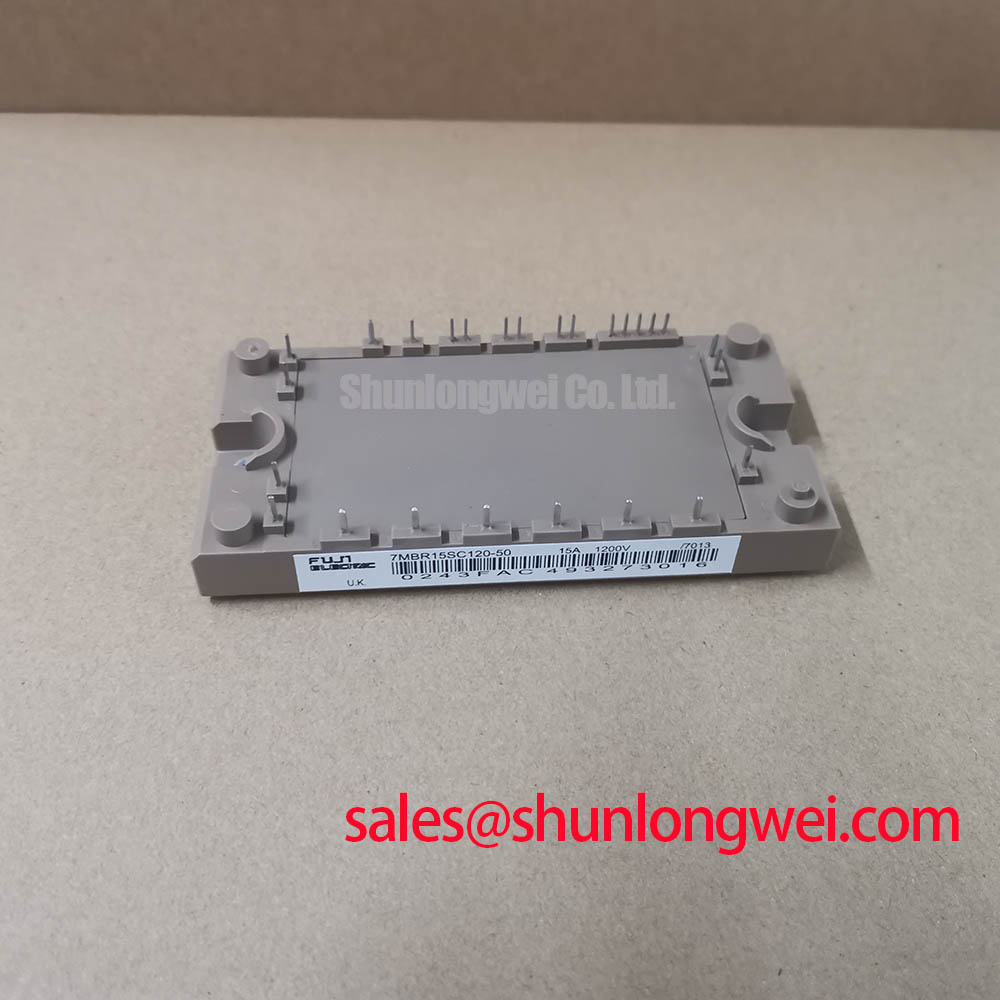Content last revised on November 21, 2025
6MBP250RTM060 IGBT-IPM: Technical Specifications and Application Guide
Product Overview: 6MBP250RTM060
A 600V/250A Intelligent Power Module for Compact and High-Reliability Motor Drives
The 6MBP250RTM060 is a high-performance Intelligent Power Module (IPM) that delivers a fully integrated, compact power stage for three-phase motor control applications. This module simplifies system design by consolidating a 6-pack IGBT and FWD configuration with optimized gate drive and protection circuits. Key specifications include 600V | 250A | VCE(sat) of 2.1V (typ). This integration provides two critical engineering benefits: accelerated development cycles and enhanced operational reliability. It directly addresses the need for a robust, protected inverter stage in demanding industrial environments where space and thermal management are key constraints. For motor drive applications requiring a higher power density within a similar voltage class, the 6MBP300KA060 offers increased current handling capabilities.
Key Parameter Overview
Decoding the Specs for Integrated Performance
The technical specifications of the 6MBP250RTM060 are engineered to provide a balance of efficiency, protection, and ease of integration. The table below highlights the key parameters that are critical for system design and performance evaluation in applications like Variable Frequency Drives (VFDs) and servo systems.
| Parameter | Value | Conditions |
| Collector-Emitter Voltage (Vces) | 600V | Tj = 25°C |
| Collector Current (Ic) | 250A | Tc = 25°C, 1ms |
| Collector-Emitter Saturation Voltage (VCE(sat)) | 2.1V (typ), 2.7V (max) | Ic = 250A, Tj = 125°C |
| Short Circuit Withstand Time (tsc) | > 10µs | Vcc = 400V, Vge = 15V, Tj = 125°C |
| Isolation Voltage (Viso) | 2500V | AC 1 minute |
| Operating Junction Temperature (Tj) | -20 to +150°C | - |
Disclaimer: The parameters presented here are for overview purposes. Engineers must consult the official product datasheet for complete and verified information.
Application Scenarios & Value
Achieving System-Level Benefits in Industrial Automation
The 6MBP250RTM060 is best suited for applications where design simplification, system protection, and reliability are paramount. Its integrated nature makes it an optimal choice for engineers developing mid-power motor drives and power conversion systems.
- Industrial Motor Drives: In Variable Frequency Drives (VFDs) for pumps, fans, and conveyor systems, the module's built-in over-current and under-voltage protection reduces external component count and simplifies the control board layout. This leads to a smaller overall drive footprint and lower assembly costs.
- Servo Drives: The module's performance supports the precise control needed in robotics and CNC machinery. The integrated gate driver is tuned for the internal IGBTs, ensuring optimized switching characteristics which contributes to better control accuracy and system efficiency.
- Commercial HVAC Systems: For air conditioning and ventilation systems, reliability is crucial. The integrated alarm signal provides immediate feedback on fault conditions, enabling preventative maintenance and reducing system downtime. This is a significant advantage over discrete designs where fault detection requires more complex external circuitry.
For systems that require a different current rating but benefit from a similar integrated approach, the related 6MBP250RTM060-10 provides a variation within the same product family. This allows for scalability in design without a complete architectural change. More information on selecting the right power module can be found in our guide to IPM vs. Discrete IGBT design strategies.
Frequently Asked Questions (FAQ)
What is the primary benefit of the integrated gate driver in the 6MBP250RTM060?
The integrated gate driver is optimally matched to the electrical characteristics of the internal IGBTs. This eliminates the complex task of designing and tuning an external driver circuit, which reduces parasitic inductance, ensures reliable switching, and shortens the overall design time for a three-phase inverter.
How does the built-in short-circuit protection enhance system robustness?
The module can detect a potentially destructive short-circuit event and safely shut down the IGBTs within microseconds (tsc > 10µs). This self-protection capability is critical for preventing catastrophic failure of the power stage and connected motor, significantly improving the overall ruggedness of the drive system, a key requirement under standards like Fuji Electric's stringent quality controls.
What does the VCE(sat) of 2.1V (typ) mean for my application's efficiency?
Collector-Emitter Saturation Voltage, or VCE(sat), is the voltage drop across the IGBT when it is fully on. A lower VCE(sat) translates directly to lower conduction power losses (P = VCE(sat) * Ic). Think of it like water flowing through a pipe; a wider pipe (lower VCE(sat)) allows more water (current) to flow with less pressure drop (voltage loss), generating less heat and improving the overall energy efficiency of the motor drive.
Can the alarm signal (ALM) be used for diagnostic purposes?
Yes, the alarm signal is a key diagnostic feature. It provides an external flag to the system's microcontroller when the module's internal protection (such as short-circuit, over-current, or control supply under-voltage) is triggered. This allows the system to log the fault type and initiate a safe shutdown or alert an operator, facilitating faster troubleshooting and maintenance.
Strategic Fit in Modern Power Electronics
Meeting the Demand for Integrated and Reliable Power Solutions
The 6MBP250RTM060 represents a strategic design choice for engineers moving towards more integrated power systems. As industrial automation and energy efficiency standards become more demanding, the value of consolidating power switching, gate driving, and protection into a single, factory-tested component becomes increasingly apparent. This module is not merely a collection of components; it is an engineered subsystem that reduces design risk, minimizes system size, and enhances the long-term reliability of the end product. By leveraging this level of integration, design teams can focus their resources on higher-level control algorithms and system features, ultimately delivering a more competitive product to the market faster.



